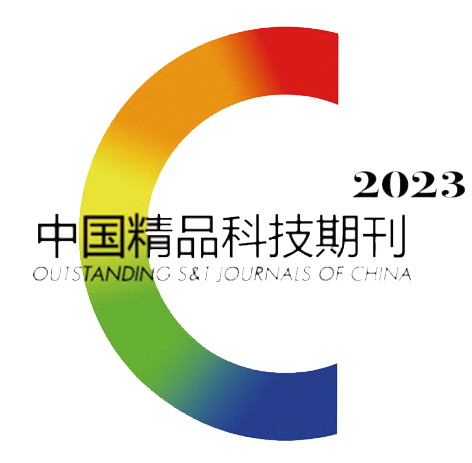Abstract:
Objective: To increase the yield of
Sophora flavescens polysaccharides and elucidate their antioxidant and hypolipidemic properties, this study optimised the polysaccharide extraction process through orthogonal experiments, followed by evaluation of their antioxidant and hypolipidemic activities
in vitro. Methods: Using polysaccharide yield as the primary metric, this study performed orthogonal experiments to optimise the extraction process, building on preliminary one-way experiments. This study investigated the effect of extraction temperature, number of extractions, material-liquid ratio and extraction time on the polysaccharide yield of
Sophora flavescens. Furthermore, this study evaluated the
in vitro antioxidant activity of the polysaccharides by investigating their scavenging potential against DPPH radicals, hydroxyl radicals and superoxide anion radicals. In addition, the
in vitro hypolipidemic activity of the polysaccharides was evaluated by their binding affinity to sodium cholate (SC), sodium taurocholate (STC), sodium glycylcholate (SGC) and mixed bile salts (MBS). Results: The optimal conditions for the extraction of
Sophora flavescens polysaccharide were determined as follows: a temperature of 85 ℃, a material-liquid ratio of 1:35 (g:mL), and an extraction duration of 3.5 hours, yielding an average polysaccharide content of 3.07%±0.07%. The scavenging efficiencies of
Sophora flavescens polysaccharides against DPPH radicals, hydroxyl radicals, and superoxide anion radicals at a concentration of 5 mg/mL were measured at 60.1%±3.6%, 39.6%±3.1% and 45.1%±4.1%, respectively. Furthermore, the binding affinities of
Sophora flavescens polysaccharides to SC, STC, SGC and MBS at a concentration of 10 mg/mL were determined to be 34.4%±0.75%, 45.4%±0.15%, 19.7%±0.94% and 37.7%±0.64%, respectively. Conclusion:
Sophora flavescens polysaccharide exhibits notable
in vitro antioxidant and hypolipidemic activities. This investigation furnishes a foundational understanding for the potential development and exploitation of
Sophora flavescens polysaccharide.




 下载:
下载: